Research & Planning In Advertising Campaigns
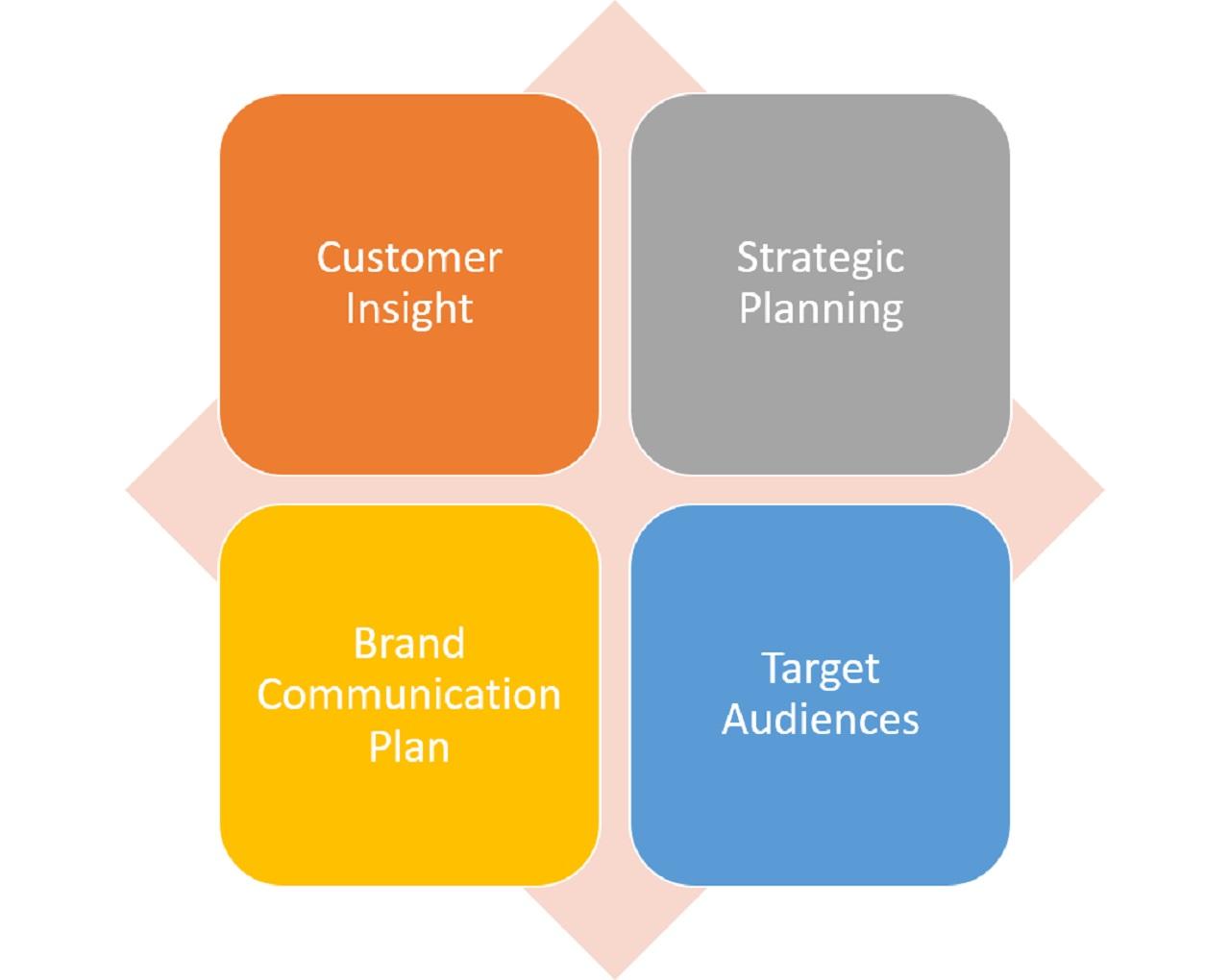
Advertising is expensive with one of the highest absolute costs of all the tools within an Integrated Marketing Communication (IMC) plan. That is why careful planning and execution of advertising strategy is of utmost important to accomplish advertising goals and objectives. These are the following four major steps in planning and executing an ad campaign.
Consumer Insight & Research
Brand communication plan begins with consumer research. Consumer research investigates segmentation and targeting, focusing on;
Attitudes – It is important to evaluate the attitude of the customers towards the product category in question. Questions like how much effort they put to search and select a specific brand need to be answered. It depends from category to category, and is highly based on individual preferences. For e.g. a customer may not be particular about brands while purchasing sugar, but be very particular while purchasing tea leaves. Another important question that needs to be answered with respect to attitudes is the reception of advertisements. Some customer segments respond positively towards to them while others simply avoid or hate them.
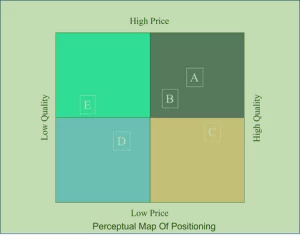
Motivations – What are the factors that motivate customers to buy different products. While shopping for a perfume, the motivation could be to project an image or to simply mask body odor. Either of these situations calls for a different advertisement planning.
Perceptions – How customers perceive advertising is another area of research. Do they perceive advertising as informative or as deceptive and intrusive? This information helps in designing creative appeals and exposure frequency.
Behaviors – How do the members of the targeted audience buy a product. Additionally where, when and why do they buy different products is an important insight that needs to be investigated. For e.g. understanding the buying behavior, influenced by festivals or occasions, can lead to the creation of ad campaigns that coincide with such events for maximum results.
In order to gather information, different types of researches are carried out, depending upon the nature of insights required. Following are the types of researches, typically asked for, while planning an advertising campaign.
- Market Research – This involves identifying the market size, segments and the competition.
- Consumer Research – Consumer research is about finding out consumer behavior as stated earlier and their likes and dislikes. Brand recall and product recall surveys often provide valuable inputs regarding customer preferences and brand positioning.
- Brand Communication Research – Brand communication research strives to find out the availability of media channels, their effectiveness, cost etc. In addition, we may want to discover media channels with maximum reach and authority.
- Strategic Research – Starting with the description of the campaign objective, it is important to study the potential of the market, viability of a communication strategy and inputs from the evaluation of the past campaigns.
Depending upon the type of research and the information required, some information may be already available for use or it may need to be extracted by conducting a fresh research. Accordingly, either primary or secondary research is carried out as follows;
- Primary – Information that is collected for the first time from original sources is called primary research. To obtain primary research, companies and their agencies do their own research. Primary research suppliers specialize in interviewing, observing, recording, and analyzing the behavior of those who purchase or influence the purchase of a particular good or service. The primary research supplier industry is extremely diverse. Companies range from several thousand entrepreneurs who conduct focus groups and individual interviews, prepare reports, and provide advice on specific advertising and marketing problems for individual clients.
- Secondary – The background research that uses available published information about a topic is called secondary research. It is carried out by studying information on the product, company, industry & competition, sales reports, annual reports, complaint letters, and trade articles about the industry. It is called secondary research because it has been collected and published by someone else already. Sources of secondary research are government organizations, trade organizations, secondary research suppliers and The Internet.
Also Read – Understanding Advertising, Ethics & Regulation In Indian Advertising
As markets become more fragmented and saturated and as consumers become more demanding, the need for research-based information in advertising planning increases and research is used in marketing communication planning in the following seven ways;
- Market information
- Consumer insight research
- Brand information
- Media research
- Message development research
- Advertising or IMC plan
- Evaluation
Strategic Planning & Process
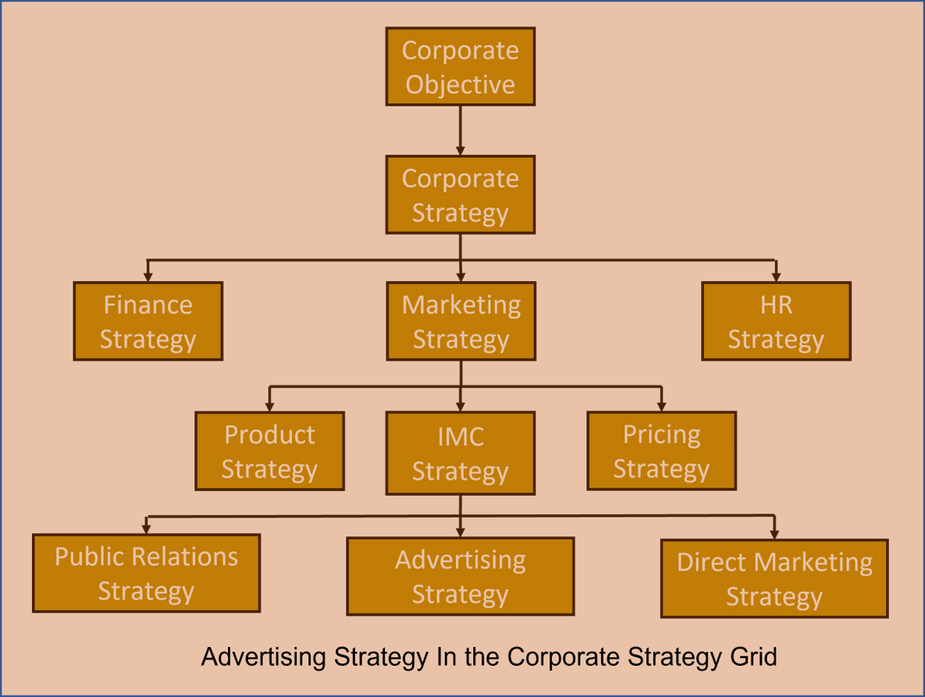
Strategic planning is a process that starts with the business plan and moves on to the functional areas of a company such as marketing, where a marketing plan is developed that outlines the objectives, strategies, and the tactics for all areas of the marketing mix. A business plan is a snapshot of the company and the environment in which it operates. Steps in strategic planning process are as follows;
- Objective – The objective of any strategy will be aligned with the organizational objective. However for an advertising campaign, the examples of objectives are brand awareness & positioning, gaining market share, increasing sales revenue/volumes or introducing new products and brands. Corporate image is another frequently pursued objective for planning advertising campaigns.
- Research – As mentioned earlier, any strategy formulation starts with situation analysis (evaluation of current situation), identifies opportunities & challenges and the environmental factors. All this information is obtained by research as described above.
- Strategy Formulation – Having an objective in mind and backed by detailed information provided by research, managers then proceed to formulate the communications strategy, the contents of which are described in the brand communication plan later in this article.
- Strategy Implementation – A strategy is only as good as it is implemented. Hence it is ensured that the strategy is implemented exactly as it was intended to, sometimes overseen by the representatives from the strategy-formulation team.
- Evaluation & Control – Ongoing evaluation against benchmarks is important to ensure that the implementation stays on course and if there are any mid course changes to be made, they should be done in time. Finally, after the strategy has run its course, it is important to evaluate the outcome in the backdrop of the objectives that were set in the beginning. This is an important exercise at it provides valuable inputs regarding the strengths and weaknesses of the strategy formulation and implementation steps. This information then becomes a precursor to future strategy formulation and implementation exercises.
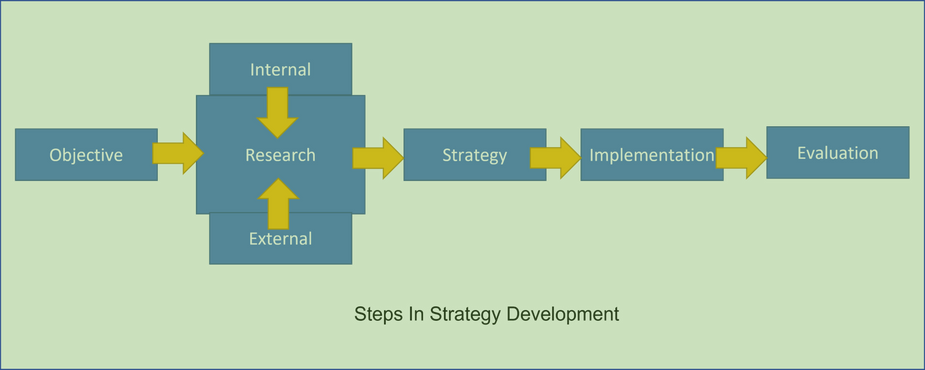
Target Audience
Identification of targeted audience is important in designing any communication strategy because a specific message & the creative appeal surrounding it will evoke a specific response only from a specific audience, thus achieving the communication objective. One size fits all approach does not produce good results in a communication strategy.
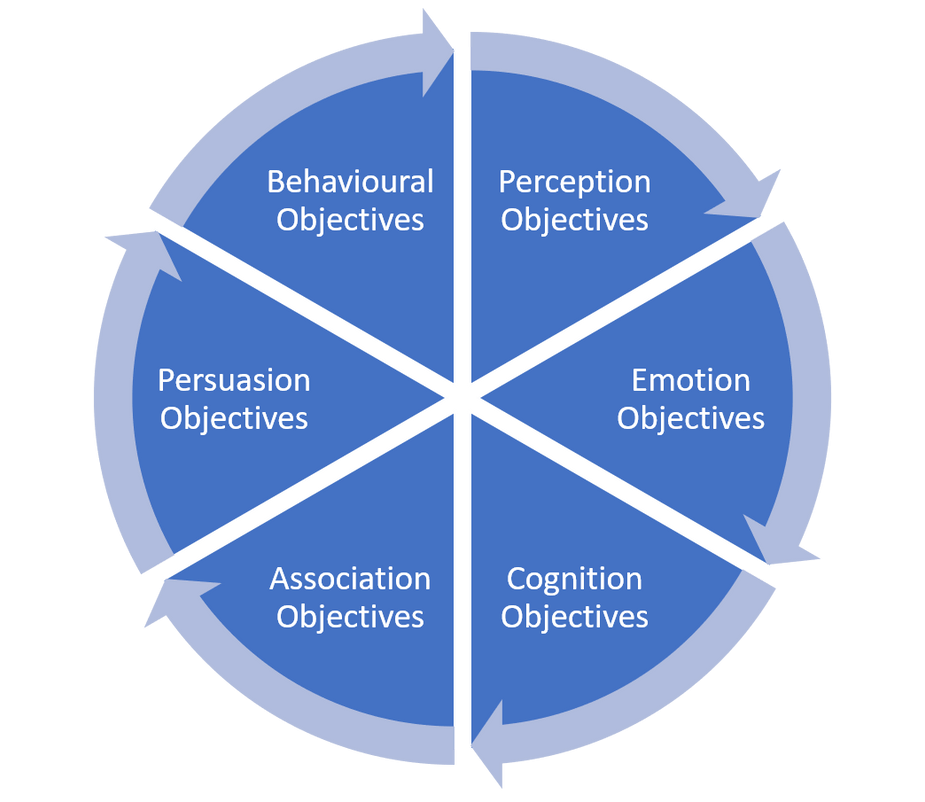
Brand Communication Plan
The objectives, description of targeted audience and the communication strategy are formalized and collated in the form of a document called ‘The Creative Brief’. This document primarily is the starting point for the creative agency to start designing the advertisement itself. This is also called a ‘Communication Brief’ and should address the following knowledge points clearly;
- Communication Objective – A clear and concise description of the objective that the campaign has been mandated to achieve. Many examples of the possible communication objectives have been listed earlier.
- Message – The description of the message, which is in line with the communication objectives has to be shared with the creative agency for them to be able to propose a creative appeal.
- Target Audience – Identifying the target audience is important for generating creative appeals and also for making relevant media choice(s).
- Consumer Insight – Consumer insight, based on the initial research, is an important knowledge point to be shared with the agency. This is an important input towards media planning, frequency of exposure and creative production.
- Brand Imperative – What does the brand stand for? What benefits it offers and the compelling reasons for a customer to hook on to a brand are some of the questions that need to be answered before embarking upon an advertising campaign, which is expected to address the above questions.
- The Preposition or Selling Idea – What are we proposing to our audience? Benefits, schemes, contests, reasons to buy? The preposition is an important element during an ad campaign planning.
- Creative Direction – Finally, what kind of creative appeals can be, rather, should be used/avoided are important directions that the brand managers need to convey to the creative agency. Examples of creative appeals are; Humor, Fear, Exaggeration, Logic, Emotion, Sex and Slice of Life.
- Media Choice(s) – Having finalized all of the above, it is imperative to make the choice of media channels that will carry the message to the targeted audience. Cost, reach, effectiveness and media authority are some of the variables that are examined before deciding upon media channels.
Related Reading – Creativity In Advertising – Rising Above The Din
Downloads









